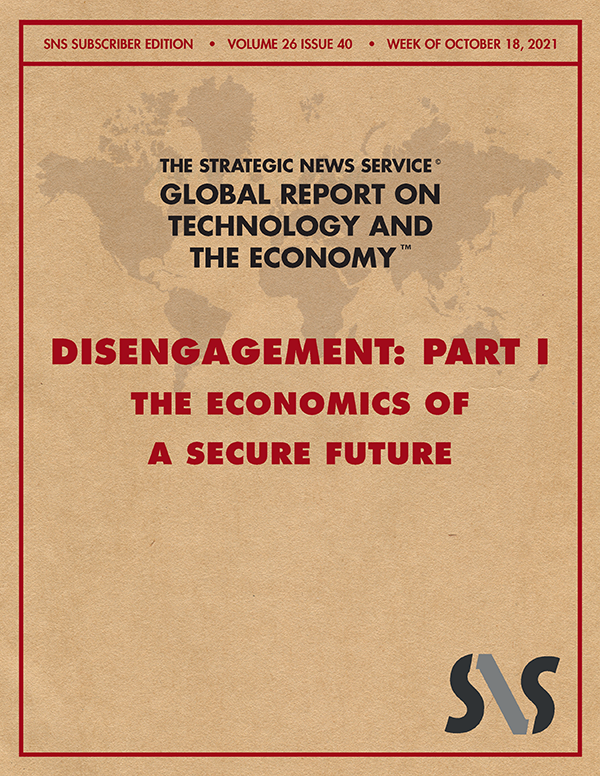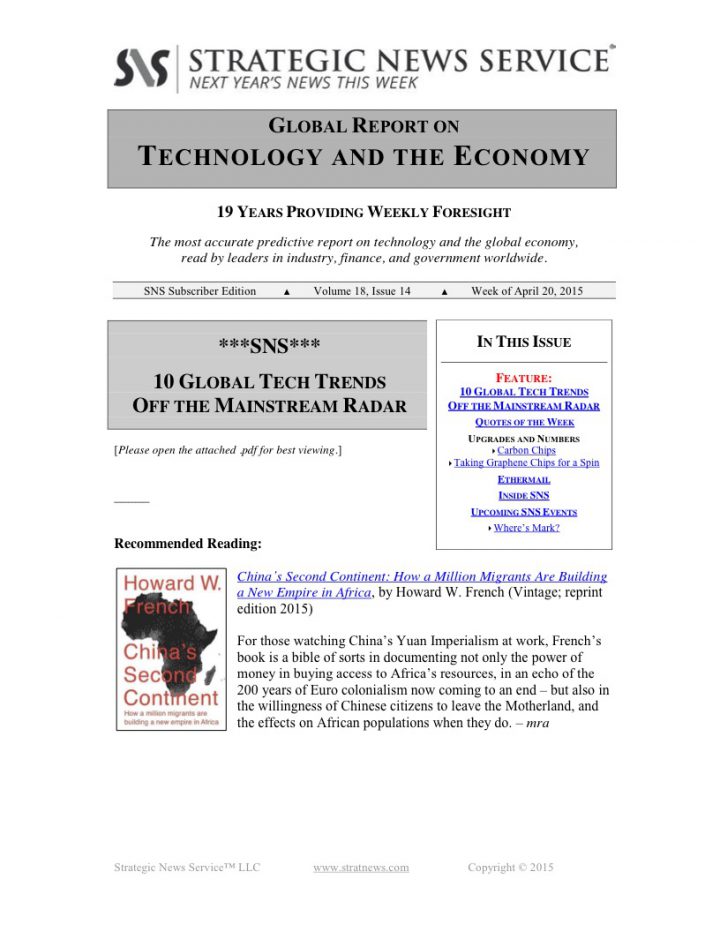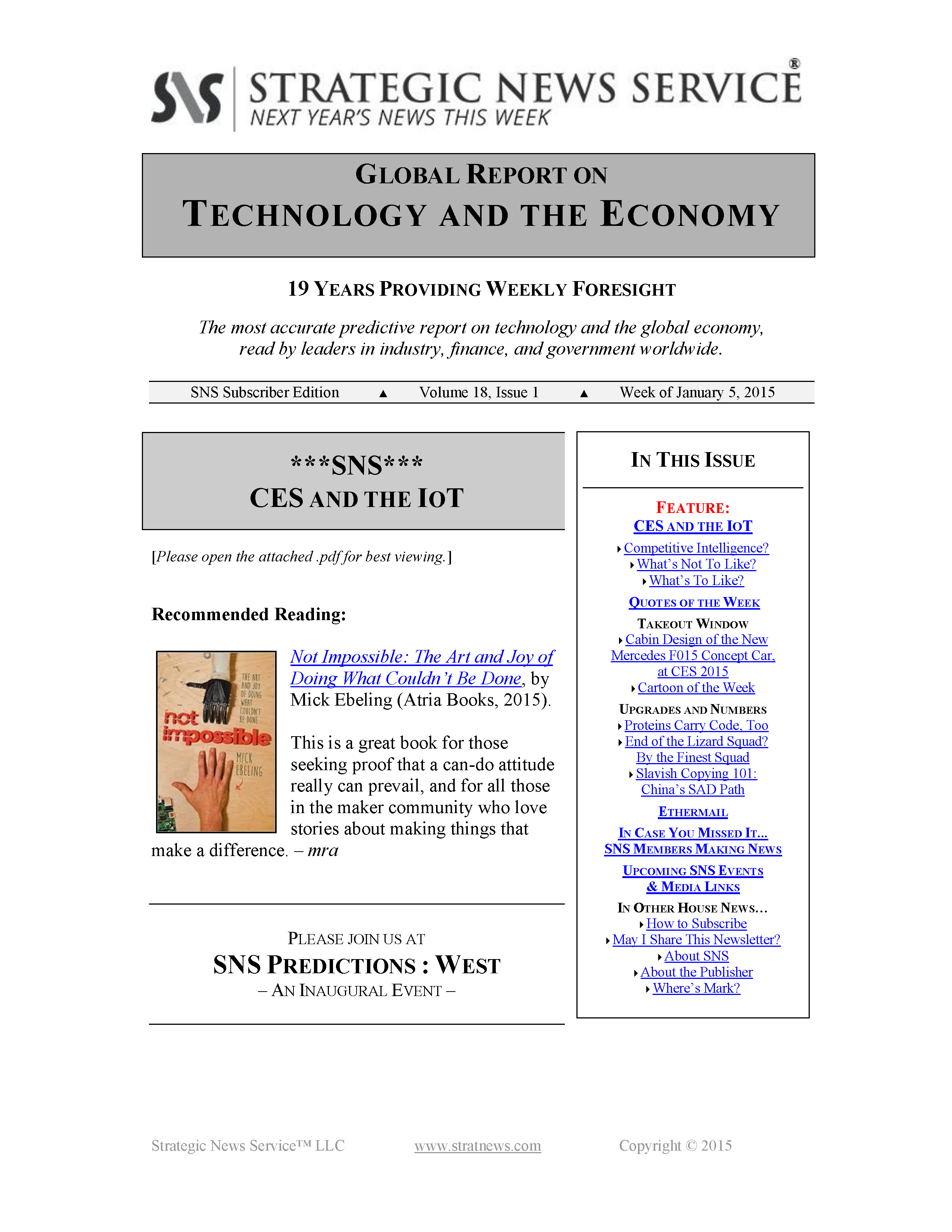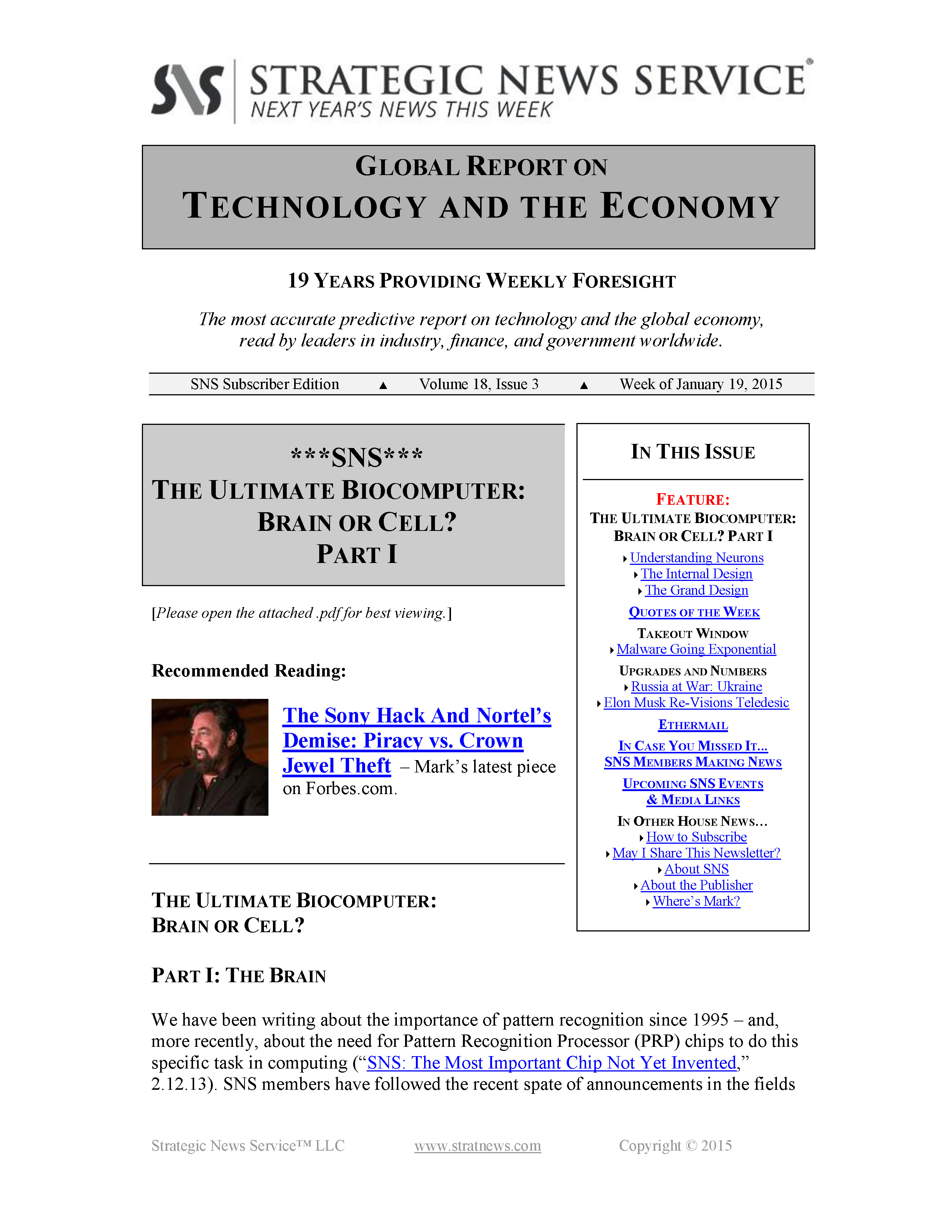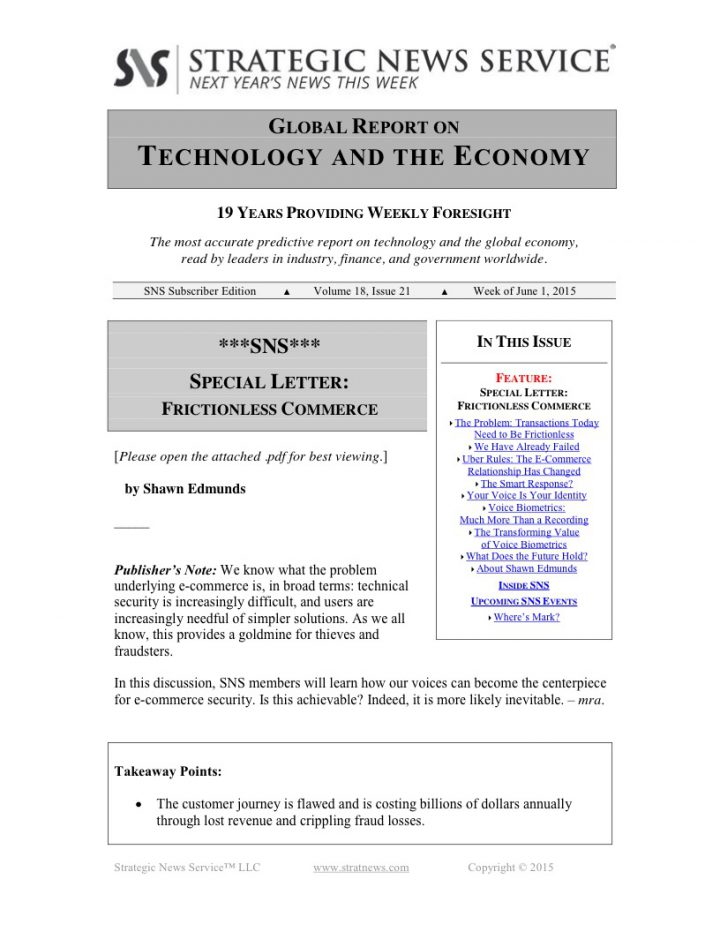In This Issue
Vol. 26 Issue 40
Disengagement: Part I
The Economics of a Secure Future
- The New Security Alliance(s)
- Economic Security Is (Inter)National Security
- A Consortium of Nations
—-
In our first installment, “SNS: Disengagement: An Introduction” (9/23/21), we discussed some of the reasons the People’s Republic of China’s tactics of hybrid warfare and political bullying around the world made disengagement from the PRC, and the Chinese Communist Party in specific, a critical goal. The where, what, when, why, and how of disengaging with a large and rising power are, however, daunting.
In writing on such a topic, it is only by breaking it into pieces that we can maintain focus and, bit by bit, outline the world we need, versus the one we find ourselves in today. So, too, does this concept apply to the political and economic policies and projects that we must undertake as nations to achieve this goal.
The first and most glaring question is, of course, “Is it even possible?” Many over the past few years have made the argument that we’re already captive, that we cannot disengage without sacrificing global leadership in the United States. Notably, former US Treasury Secretary Hank Paulson, long an advocate of unrestricted business relations with the PRC, followed this line of logic in an interview with the New York Times in late 2019. (One wonders what he would have said just a few months later.) The Times noted:
Most worrisome to Mr. Paulson is the prospect that the United States could close off its financial markets to Chinese investment, or even kick some Chinese companies out of American stock indexes.
“Decoupling China from U.S. markets in this way would, of course, harm China,” he said. “But it would not be in America’s interest. It would eventually threaten U.S. leadership in finance, as well as New York City’s role as the world’s financial center. And it would help other financial centers like Tokyo, London and Singapore. And, over time, Shanghai.”
Paulson was right – in part: if the US were to decouple from China on its own, and no other country followed suit, the natural result would be the creation of multiple spheres of influence in finance, among other categories, which would erode both US and Chinese interests but benefit other go-betweens.
What made Paulson so wrong, however, was a case of tunnel vision. The odd fixation with acting alone that defined many actions of the Trump administration (though not those in it who kept laying the foundations for collaboration with our allies) is not an effective way to deal with an emerging tyrant. The PRC regularly and actively seeks to pursue a “divide and conquer” strategy in which smaller nations are isolated and therefore forced to do the bidding of Xi Jinping’s “Wolf Warrior” diplomats.
So it is with good reason that those with more level-headed visions of the future of our collective global security are pursuing the opposite strategy. We in the United States cannot challenge a rising and aggressive Chinese state alone; we must maintain and expand alliances of mutual aid and protection. For years, the organization I run (INVNT/IP) has been advocating for a series of multilateral relationships that would enable the free nations of the world to protect one another from worrying about the kind of blunt, menacing threats issued by CCP officials that have become so common.
Over the past few years, Chinese officials have issued public threats to representatives from countless nations (a topic we’ll cover more fully later in this series). It is clearer than it ever has been that international collaboration is key to resisting the realpolitik tactics of the modern-day PRC.
Luckily, while much remains to be done, many such collaborative projects are beginning to emerge.
SKU: SNS-2021-10-22 - Need Help? Contact Us Leave Feedback
Categories: 2021 Issues, Back Issues
Tag: PDF Download

